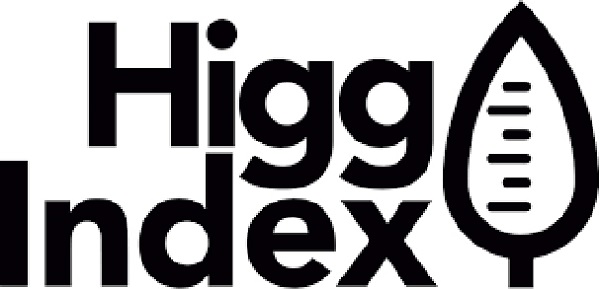
ISO 27001: 2013 Information security management system
Information is an important asset for business organizations in today's digital age. Therefore, the security and protection of information assets is an importan...
The garment industry has developed and increasingly integrated with the world. In each nation, this industry with its different characteristics requires a tool to evaluate and measure to help improve sustainability in the textile, footwear and fashion industries.

HIGG Index is a self-assessment tool that does not require external verification. This index is a fully transparent and accountable indicator of the product life cycle. Also, it is a sustainable reporting tool used by more than 8,000 manufacturers and 150 global brands.
What is the Higg Index?
The Higg Index is a self-assessment tool of sustainability designed to assess environmental and social impacts in garment and footwear factories. The Higg Index (Version 1.0) was released in July 2012 by the Sustainable Apparel Coalition (SAC), industry incorporation with its members representing more than one-third of the global’s apparel industry and footwear. An updated version of the Higg 2.0 Index was released on December 2013, along with the launch of a new online tooling page, which allows businesses to submit the Higg Index online.
The overall goals of the Sustainable Apparel Coalition are:
Documents of the factory's environment.
Related - environment documents of the factories allow them to standardize the measurement and assessment of environmental performance on-site.
You can consider the factory’s environmental documents as:
Higg-scoring system:
The Higg-scoring system is designed to work towards changing behavior, a score can only be achieved when answering questions towards actions, decisions, and practices that lead to a more sustainable result.
The environmental document of the factory consists of 7 main sections, focusing on environmental factors (Energy, greenhouse gas emissions, wastewater, gas emissions: Waste and chemical management) that effect throughout the life cycle of a garment or footwear product. Each area (each section) will consist of a 3-level structure (level 1, 2, 3), representing different levels of environmental activities. In many cases (but not all), your factory will not be able to answer "yes" to the level-3 question unless the questions on level 1 and 2 have been answered. However, there are no prerequisites to answer "yes" to a question, in other words, if you are doing activities at level 3, not at level 1, you will still receive certification level.
